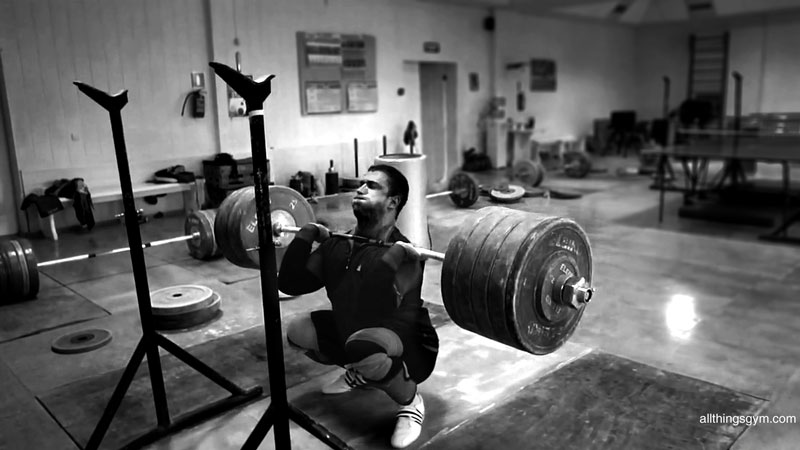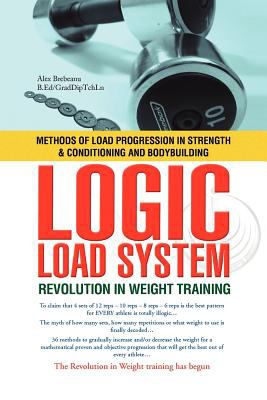POULTRY
Italian Chicken
3 boneless, skinless Chicken breasts
1/2 cup Italian Salad Dressing
Black Pepper
1) Marinate the chicken overnight.
2) Bake for approx. 45 minutes at 350 degrees.
Per Breast:
Calories - 327
Protein - 54
Carbs - 2
Fat - 10
Island Chicken
3 boneless, skinless Chicken breasts, cut into bite-size pieces
Marinade:
3 Tomatoes, cut into wedges
4 green Onions, chopped
1/2 cup Parsley, chopped
2 Garlic cloves, minced
1/4 tsp. Thyme
1/4 cup white wine Vinegar
1 tbsp. Worcestershire sauce
1 tbsp. Oil
3 tbsp. Oil
1/4 cup packed brown Sugar
1 cups Water
3 tbsp. Ketchup
Approx. 6 cups cooked Rice
1) Marinate chicken overnight in a covered casserole dish.
2) Heat oil in skillet, add brown sugar. Gook until sugar melts and begins to bubble.
3) Add 1 cup water, stir and cook until sugar dissolves.
4) Add remaining water and ketchup, stir well.
5) Add sugar mixture to chicken in casserole dish, stir well.
6) Bake at 375 degrees for approx. 1 hour.
7) Serve over rice.
8 servings, each with about:
Calories - 386
Protein - 25
Carbs - 48
Fat - 10
Baked Chicken
2 boneless, skinless Chicken breasts, cut in half
2/3 cup Italian Bread Crumbs
1 Egg, beaten
1) Wash and pat-dry chicken.
2) Dip in egg.
3) Dip in bread crumbs, covering well.
4) Bake on a buttered cookie sheet or oblong glass pan at 350 degrees for 20 minutes, flip, then bake 20 minutes more.
2 servings, each with about:
Calories - 509
Protein - 64
Carbs - 36
Fat - 11
Tomato Chicken with Brown Rice
2 boneless, skinless Chicken breasts, chopped into bite-size pieces
1 can Italian style stewed Tomatoes
1 bell Pepper, chopped
1 Onion, chopped
1/2 cup red Wine
1 tsp. dried Basil
1 tsp. dried Oregano
2 Garlic cloves, crushed
Pepper, a few dashes
1 tbsp. Parmesan Cheese
1) Mix all the ingredients except the cheese in a casserole dish.
2) Sprinkle the cheese on top.
3) Bake at 350 degrees for 45 minutes.
4) Serve over cooked brown rice.
4 servings, each with about:
Calories - 471
Protein - 34
Carbs - 58
Fat - 6
Chicken Enchiladas
2 Chicken breasts
28 oz. can Enchilada sauce
1 Onion, chopped
1 cup shredded Jack Cheese
1 6oz can sliced black Olives
1 4oz can diced green Chilis
9 corn Tortillas
1) Boil breasts, about 40 minutes.
2) Cook, then shred or chop meat, removing skin and bones.
3) Pour a generous amount of sauce in a skillet and heat.
4) Dip tortillas in sauce on both sides, don't leave in the sauce too long or they'll be too soggy to roll. Use tongs.
5) Place a generous amount of chicken, some onion, and chilies in tortillas.
6) Pour any remaining Enchilada sauce, chicken, and chilies over the top.
7) Top with black olives and Jack Cheese.
8) Bake at 350 degrees for 30 minutes.
5 servings, each with about:
Enchilada sauce not included in breakdown
Calories - 319
Protein - 26
Carbs - 24
Fat - 12
Chicken and Biscuits
1 whole Chicken breast
1 tbsp. Butter
2 Celery stalks, diced
3 Carrots, sliced
1/4 tsp. Garlic powder
1/4 tsp. Thyme
1 can Cream of Chicken Soup
1 cup Chicken broth
10-serving container of Pillsbury biscuits
or make your own
Pepper
1) Boil chicken until done, about 40 minutes. Remove to cool. Save broth.
2) Saute celery and carrot in butter about 4 minutes, add garlic, thyme and pepper and stir well.
3) Remove grease from broth (skim off with a spoon) and add 1 cup to veggie/spice mix.
4) Stir in soup well.
5) Remove chicken meat from bone (discard skin), chop and add to soup mixture.
6) Pour into a casserole dish, top with uncooked biscuits.
7) Bake at 400 degrees for 15 minutes.
4 servings, each with about:
Calories - 426
Protein - 21
Carbs - 42
Fat - 19
Turkey Meatloaf
2 lbs. ground Turkey
2 Garlic cloves
2 Eggs
1/4 cup Parsley
2 tbsp. Parmesan Cheese
1 tbsp. Capers
1/4 tsp. white Pepper
2 slices of stale wheat Bread
Paprika
With food processor:
1) Make bread crumbs out of bread, fairly fine, remove.
2) Process garlic, eggs, parsley, capers and pepper until well blended.
3) Mix all ingredients together, use your hands.
Manually:
4) Mince garlic, chop parsley, capers and wheat bread.
5) Mix all ingredients (same technique as above).
6) Bake at 350 degrees for 1.5 hours.
4 servings, each with about:
Calories - 414
Protein - 51
Carbs - 11
Fat - 20
Cranberry sauce can be used to make a glaze for turkey meatloaf.
Turkey-Meatball Sandwiches
1 lb. ground Turkey
1 Egg
1/4 cup Bread crumbs
1/2 Onion, chopped
1 tsp. Italian seasoning
2 tbsp. vegetable Oil
15.5oz jar of your favorite spaghetti sauce
1 cup Mozzarella, shredded
1 small loaf French Bread
1) Mix turkey, egg, crumbs, onion and seasonings together.
2) Make into medium size meatballs (or oblong patties).
3) Cook in oil until browned and done (check the middle for pinkness if in doubt). Add any crumbles to the sauce.
4) Cut the French Bread down the middle lengthwise, pull out some of the white bread to make a shell if desired.
5) Put a little sauce in the shell, top with some cheese and warm in oven slightly.
6) Top bread with turkey, sauce and more cheese.
4 servings, each with about:
Calories - 531
Protein - 38
Carbs - 42
Fat - 25
Southwestern Style Stuffed Bells
3 red bell Peppers
1 15oz can Chili
1 lb. ground Turkey
1 tsp. Chili Powder
Fresh Corn cut from one corn on the cob
Cayenne Pepper to taste
1 cup Jack Cheese, shredded
1) Cut bell peppers in half lengthwise and clean out seeds and stems.
2) Brown turkey, drain.
3) Add chili, corn and spices to turkey and stir well. Add cayenne to taste.
4) Stuff bell halves with chili mixture.
5) Place in pan, stuffing up, and top with cheese.
6) Bake at 325 degrees for about 30 minutes.
Per bell half:
Calories - 275
Protein - 25
Carbs - 19
Fat - 12




















